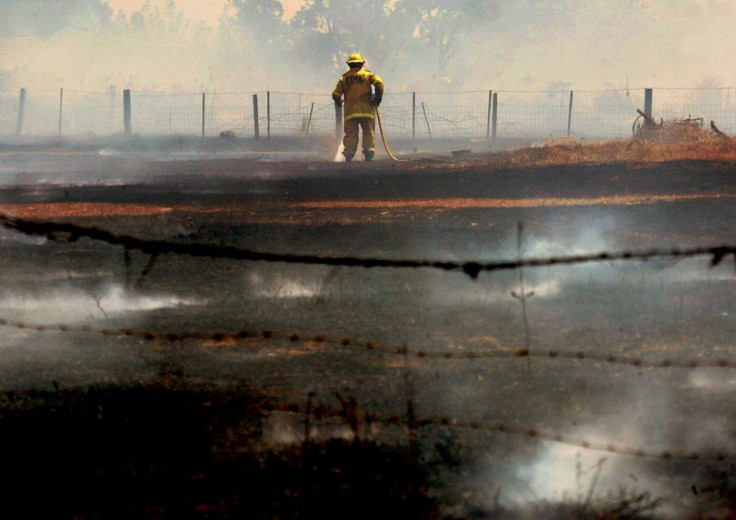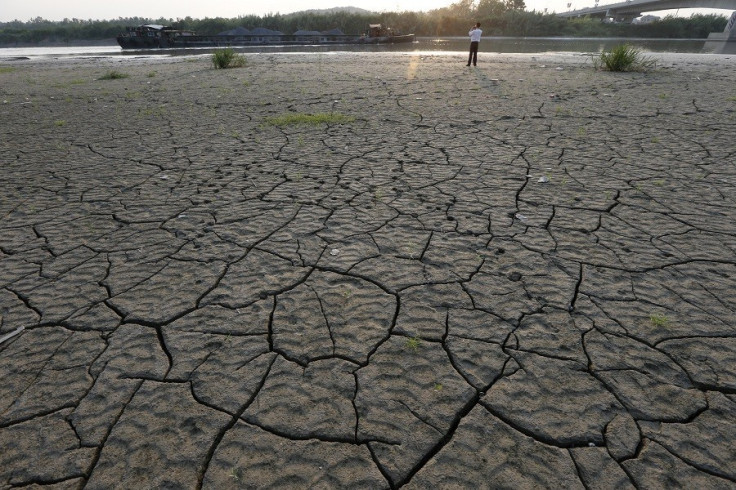Droughts, Wild Fires and Catastrophic Floods Caused by El Nino Warming to Double

The number of extreme weather events fuelled by El Nino warming is set to double over the coming years, experts have warned.
An international team of researchers have said extreme events, such as droughts, wildfires and "catastrophic floods" will become more common as climate change causes El Nino build-ups to become unusually strong.
Agus Santoso, from the ARC Centre of Excellence for Climate System Science (CoECSS), told the Nature Climate Change journal: "We currently experience an unusually strong El Nino event every 20 years. Our research shows this will double to one event every 10 years.
"El Nino events are a multi-dimensional problem, and only now are we starting to understand better how they respond to global warming."
An unusually strong El Nino caused the 1983 heatwave that led to the Ash Wednesday bushfires in Australia, which killed 75 people. In 1997/98, an extreme El Nino caused $35-45bn (£21-27bn) worth of damage and an estimated 23,000 lives across the globe.
El Nino events develop differently from standard El Ninos, which develop in the western Pacific. They occur when sea surface temperatures exceed 28C in the normally cold and dry eastern equatorial Pacific Ocean.
The change in location of their formation leads to massive changes in global rainfall patterns.

Lead author Wenju Cai said: "During an extreme El Nino event countries in the western Pacific, such as Australia and Indonesia, experienced devastating droughts and wild fires, while catastrophic floods occurred in the eastern equatorial region of Ecuador and northern Peru."
The team looked at climate models that simulate major rainfall reorganisation during extreme El Nino events and found a substantial increase in events from present day over the next 100 years as a result of global warming.
Mike McPhaden, from the US National Oceanic and Atmospheric Administration, said: "The question of how global warming will change the frequency of extreme El Nino events has challenged scientists for more than 20 years.
"This research is the first comprehensive examination of the issue to produce robust and convincing results."
Matthew England, also from CoECSS, said: "This latest research based on rainfall patterns, suggests that extreme El Nino events are likely to double in frequency as the world warms leading to direct impacts on extreme weather events worldwide.
"For Australia, this could mean summer heat waves, like that recently experienced in the south-east of the country, could get an additional boost if they coincide with extreme El Ninos."
© Copyright IBTimes 2025. All rights reserved.






















